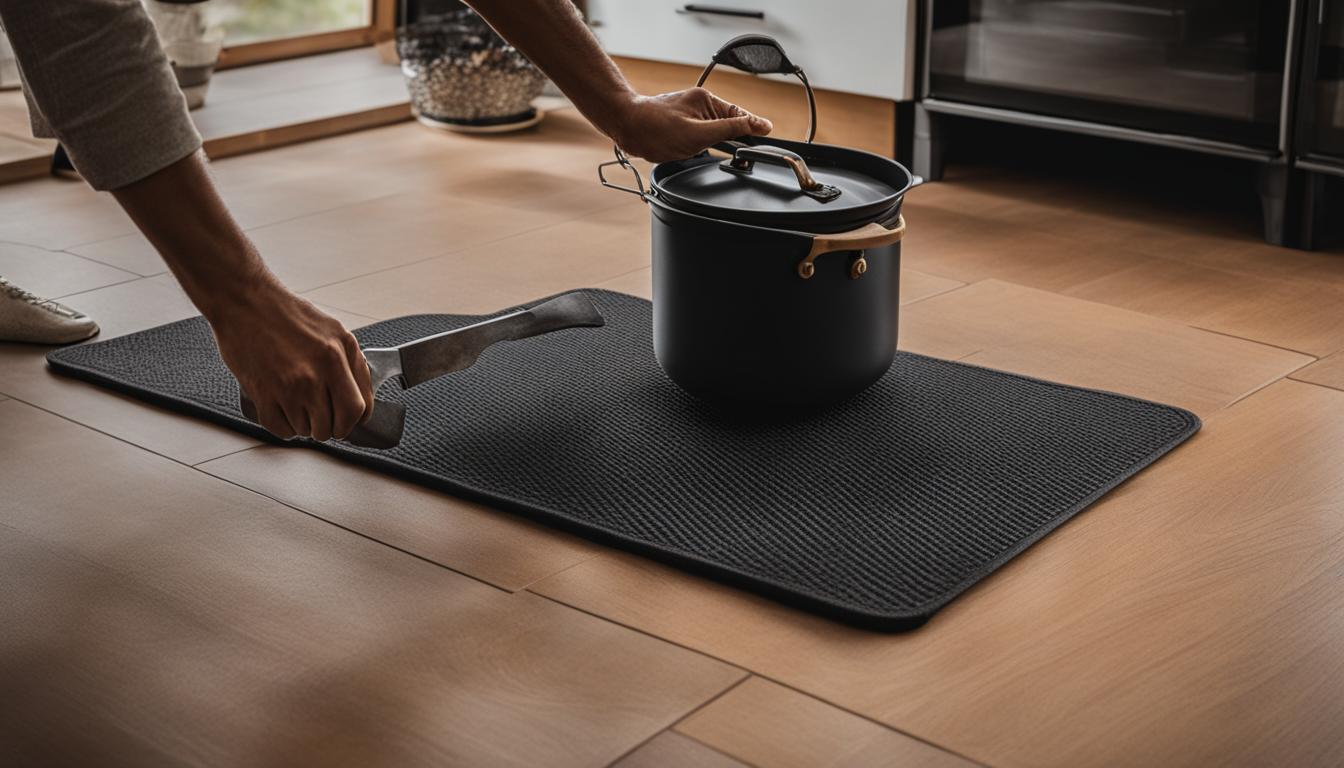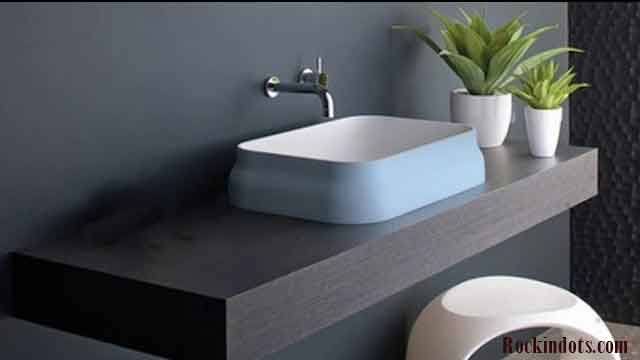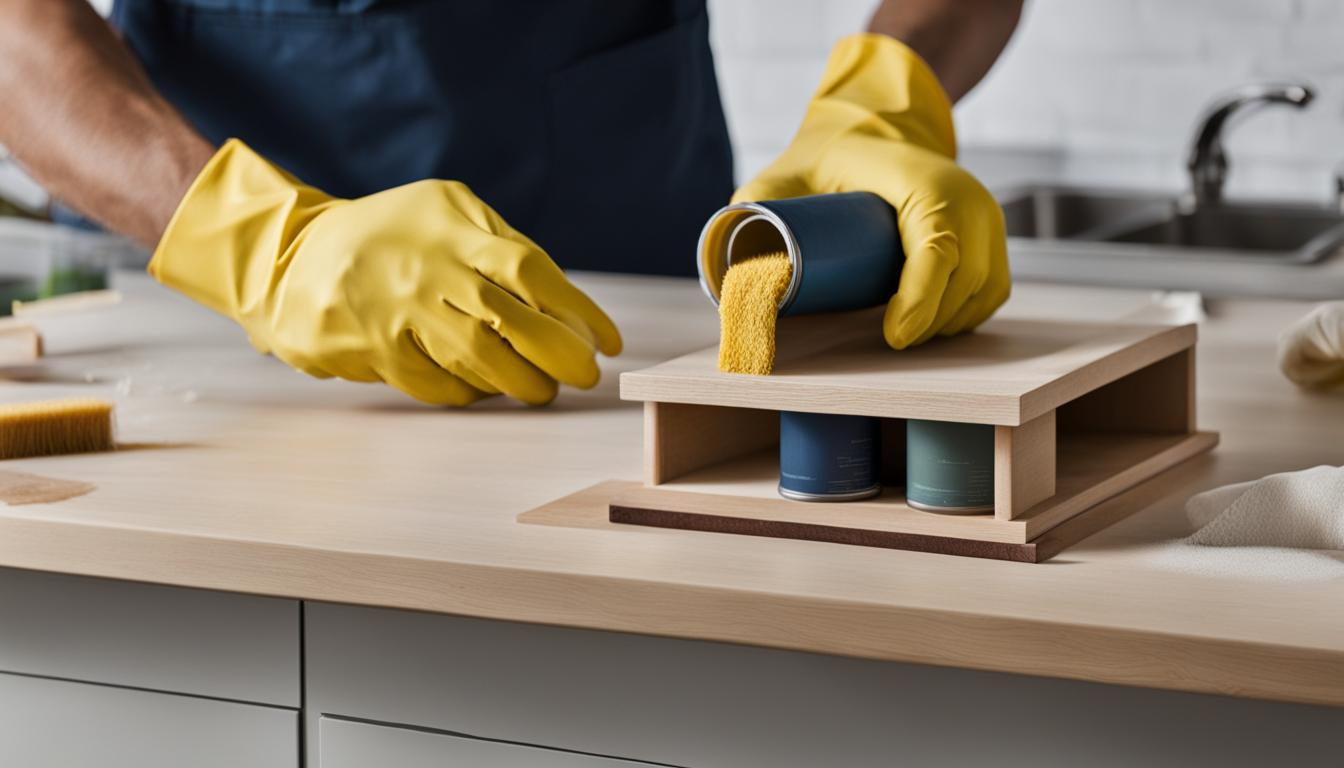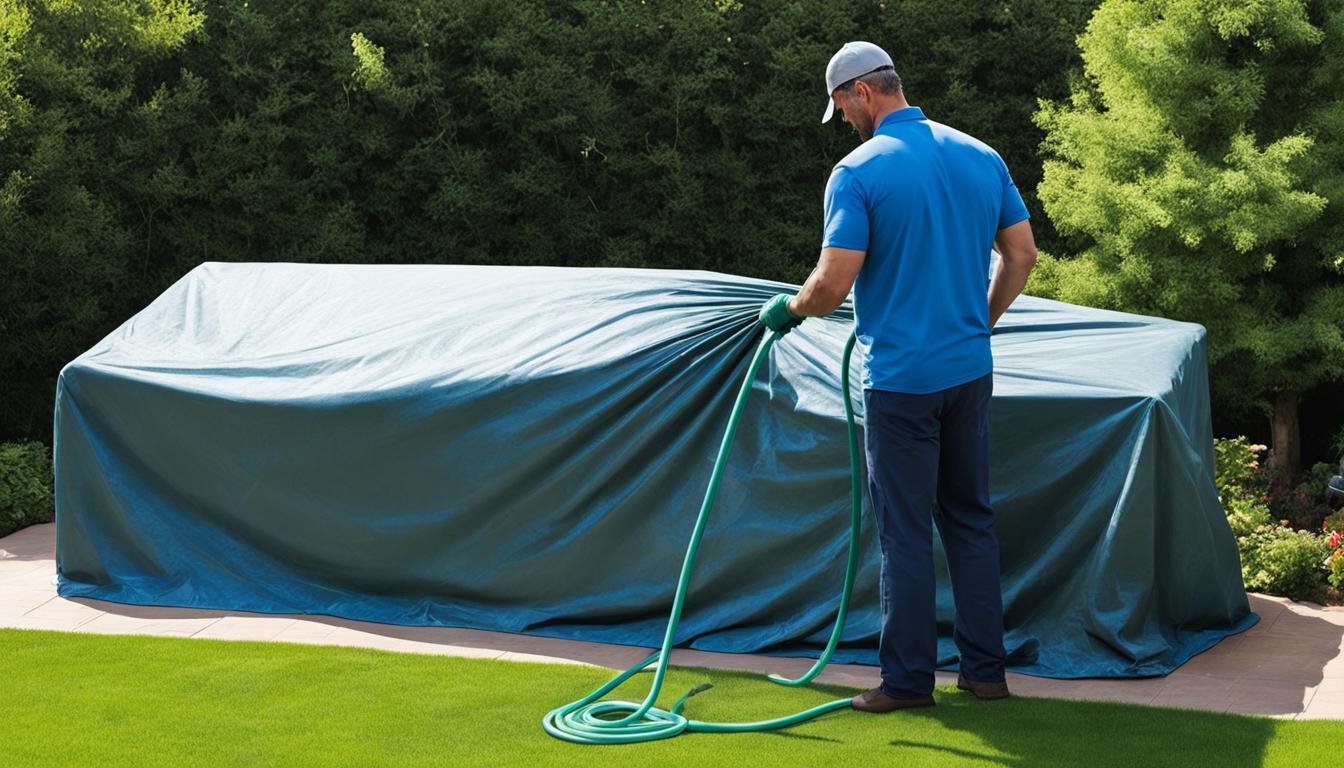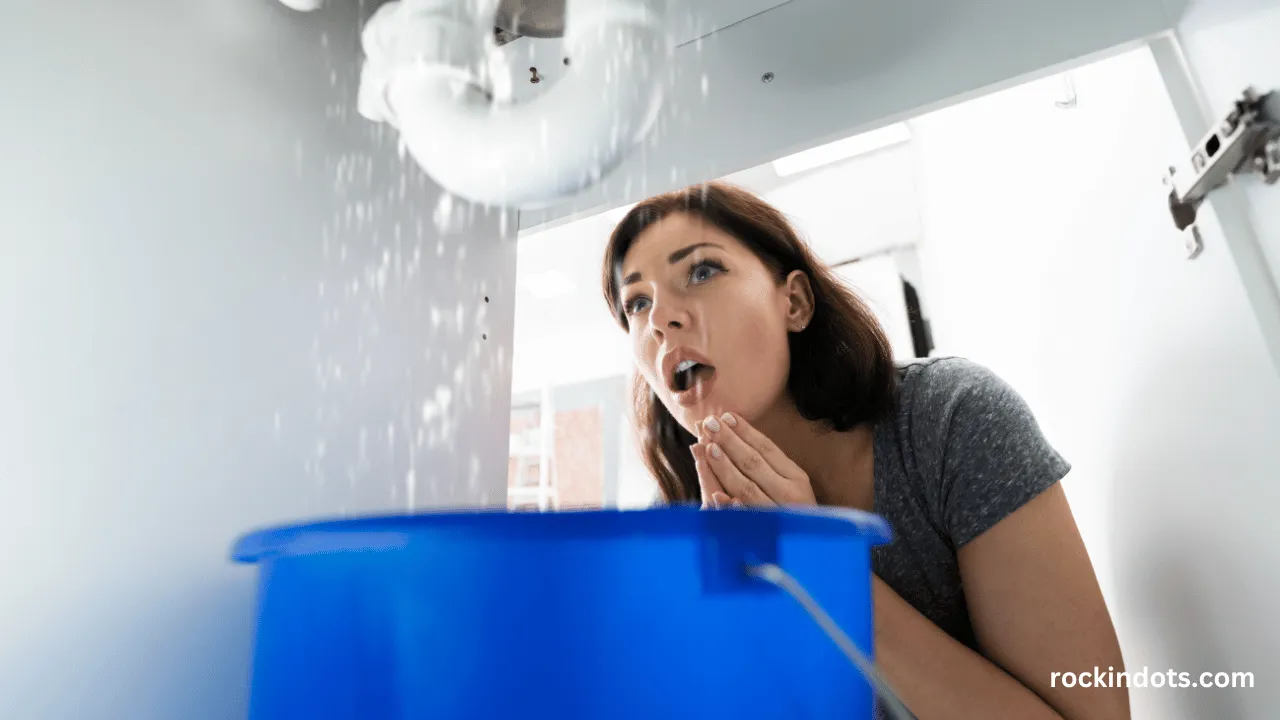Falls in the kitchen can be dangerous, especially for older adults. According to the Centers for Disease Control (CDC), falls are the leading cause of injuries among adults aged 65 and older.
Falls can result in hip fractures, traumatic brain injuries, and other serious consequences. However, falls can be prevented with simple precautions and adaptations in the kitchen.
By staying active, watching for warning signs, and removing risks at home, you can effectively prevent falls in the kitchen.
Contents
- 1 Stay Active to Reduce Fall Risk
- 2 Watch for Warning Signs of Instability
- 3 Remove Kitchen Hazards
- 4 Report Falls and Seek Assistance
- 5 Consider Medical Alert Devices
- 6 Conclusion
- 7 FAQ
- 7.1 How can I prevent falls in the kitchen?
- 7.2 How does staying active reduce fall risk in the kitchen?
- 7.3 What are the warning signs of instability in the kitchen?
- 7.4 How can I remove kitchen hazards to prevent falls?
- 7.5 Why is it important to report falls in the kitchen?
- 7.6 How can medical alert devices help prevent falls in the kitchen?
- 7.7 What are some practical measures for preventing slips and falls in the kitchen?
- 8 Source Links
Key Takeaways:
- Staying active is crucial in reducing the risk of falls in the kitchen.
- Regular physical activity helps maintain core muscle and leg strength.
- Recognize signs of instability, such as unsteadiness while walking and vision problems.
- Remove kitchen hazards, such as uneven floors and cluttered spaces, to maintain kitchen safety.
- Report falls to your healthcare provider and seek assistance to prevent future falls.
Stay Active to Reduce Fall Risk
Staying active is crucial in reducing the risk of falls in the kitchen. Regular physical activity helps maintain core muscle and leg strength, which is essential for maintaining balance and stability.
Pleasurable activities like walking or yoga can improve mobility and prevent falls. By staying active, you can reduce the risk of falls and ensure kitchen safety.
If you’re unsure where to start, consider incorporating these activities into your routine:
- Take a daily walk around your neighborhood or at a local park. Aim for at least 30 minutes of moderate-intensity aerobic activity, such as brisk walking, on most days of the week.
- Join a yoga or tai chi class. These exercises focus on balance, flexibility, and strength, making them excellent choices for fall prevention.
- Try simple home exercises like squats or leg lifts to strengthen your lower body muscles.
Remember, it’s essential to start slowly and gradually increase the intensity and duration of your activities. Consult your healthcare provider before starting a new exercise program if you have any existing health conditions or concerns.
Watch for Warning Signs of Instability
Falls rarely happen without warning signs. Recognizing these warning signs can help reduce the risk of falls in the kitchen. Some common warning signs include:
- Unsteadiness while walking, especially over uneven surfaces.
- Vision problems that can affect balance.
- Medication side effects that may cause lightheadedness or dizziness.
Addressing these warning signs is essential by seeking medical advice and taking necessary precautions to prevent falls. If you experience instability or balance issues, consult your healthcare provider to assess the underlying causes and identify appropriate preventive measures.
Regular exercise focused on improving balance and mobility can also help reduce the risk of falls. Consider activities such as tai chi or yoga that promote strength, flexibility, and coordination.
“I noticed that I was feeling unsteady on my feet while walking on my kitchen tiles. It was a warning sign that made me take action to prevent falls. My doctor recommended some exercises to improve my balance, and now I feel more confident and safe in the kitchen.”
By staying vigilant and proactively addressing warning signs of instability, you can minimize the risk of falls in the kitchen and make your cooking experience safer and more enjoyable.
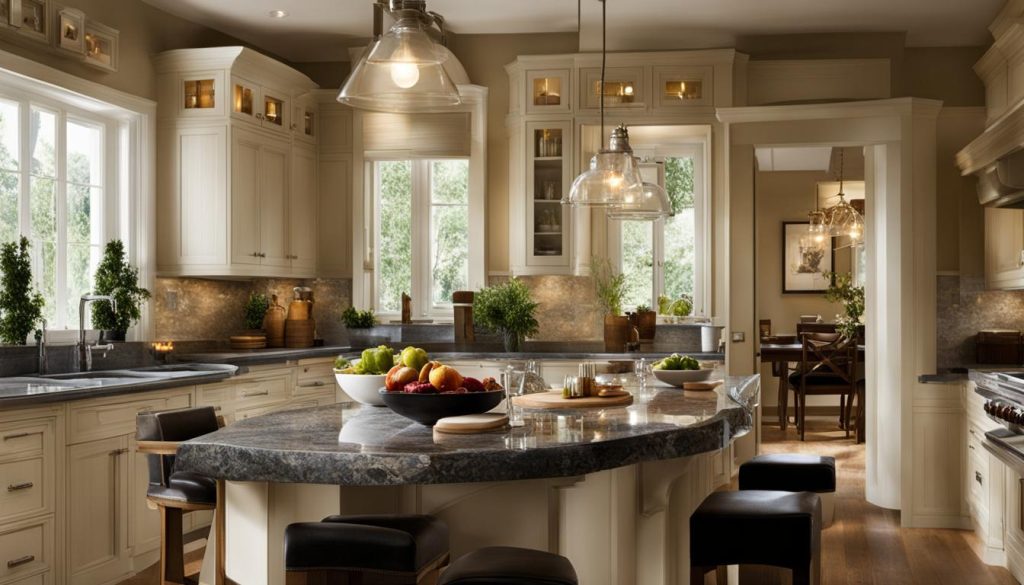
Take Action:
If you experience any of these warning signs:
- Consult with your healthcare provider to assess the underlying causes.
- Implement preventive measures, such as adjusting medication dosage or changing medication timing.
- Engage in exercises and activities that focus on improving balance and coordination.
Remove Kitchen Hazards
Kitchens can be filled with potential hazards that increase the risk of falls. To maintain kitchen safety and reduce the chances of accidents, it’s essential to identify and remove these hazards. Some common kitchen hazards include:
- Uneven floors
- Cluttered spaces
- Low lighting
- Unsafe kitchen items
To ensure the safety of your kitchen, consider scheduling a home safety evaluation conducted by a physical therapist. This evaluation can help identify unique risks in your kitchen and provide personalized recommendations for reducing fall risk.
Simple adaptations, such as rearranging kitchen items and adding brighter lights, can significantly reduce the risk of falls in the kitchen.
By taking proactive steps to remove kitchen hazards, you can create a safer environment for cooking and minimize the risk of injuries.
Home Safety Evaluation Tips
If you’re unsure where to start with a home safety evaluation, here are a few key areas to focus on:
- Clear pathways: Ensure ample space in your kitchen to navigate without obstacles.
- Secure rugs: Use non-slip mats or sure rugs to prevent tripping hazards.
- Install adequate lighting: Ensure your kitchen is well-lit to enhance visibility and reduce the risk of accidents.
- Organize kitchen items: Maintain an organized kitchen by storing frequently used items within easy reach and decluttering unnecessary utensils or appliances.
- Secure loose cords: Keep electrical cords neatly tucked away to prevent tripping.
Remember, preventing kitchen hazards is essential for reducing fall risks and ensuring the safety of everyone in your household.
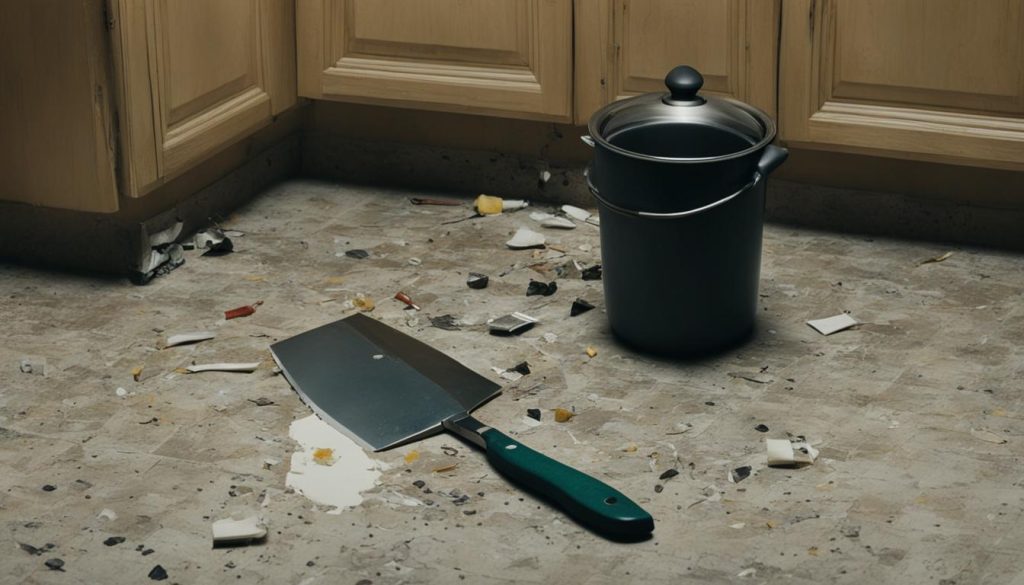
Expert Advice
“Removing kitchen hazards is a crucial step in fall risk reduction. By eliminating potential tripping or slipping hazards, individuals can significantly enhance kitchen safety and prevent accidents.”
Report Falls and Seek Assistance
Reporting falls is a crucial step in preventing future falls and ensuring your safety in the kitchen. It is common for individuals to hesitate in reporting falls due to the fear of losing independence or having to leave their homes.
However, by promptly reporting falls to your healthcare provider, you can receive the necessary care and support to prevent future falls and maintain your independence.
Remember, seeking assistance is not a sign of weakness but a proactive measure to protect yourself from fall-related injuries. Your physician can evaluate the fall’s circumstances and identify any underlying issues that may have contributed to it.
They can then provide you with tailored advice and necessary steps to continue living independently while minimizing the risk of falls.
Whether you experienced a minor stumble or a more severe fall, reporting all big and small incidents is essential. By sharing this information with your healthcare provider, they can assess your fall risk, implement preventive measures, and help you regain confidence in the kitchen.
When to report a fall:
- If you experience a fall, regardless of whether or not you sustain an injury.
- If you notice changes in your balance or stability while cooking or navigating the kitchen.
- If you feel unsteady or experience dizziness when standing or walking in the kitchen.
- If you have any concerns or questions about your fall risk or kitchen safety.
By reporting falls and seeking assistance, you are taking proactive steps toward maintaining your well-being and preventing future falls in the kitchen.
Remember:
“To ensure your safety, it is important to share any fall-related incidents with your healthcare provider. By doing so, you can receive the appropriate care and support to prevent future falls and continue enjoying independent living in your kitchen.”
| Benefits of Reporting Falls and Seeking Assistance | Consequences of Not Reporting Falls |
|---|---|
|
|
Consider Medical Alert Devices
Medical alert devices are invaluable tools for kitchen safety, providing additional security and peace of mind. These devices, worn around the neck or wrist, are designed to instantly alert emergency services in case of a fall or accident.
Medical alert devices are especially beneficial for those who live independently and may not have immediate assistance readily available. With fall detection sensors, some devices can automatically detect a fall and send an alert, ensuring prompt assistance when every second counts.
“Having a medical alert device gives me the confidence and freedom to continue cooking in the kitchen, knowing that help is just a button press away.”
By considering medical alert devices, you can prioritize safety and independence in the kitchen. These devices are user-friendly, lightweight, and discreet, allowing you to carry on with your daily activities without feeling encumbered.
Knowing that readily available help can boost your confidence and enable you to enjoy cooking without worries.
The Benefits of Medical Alert Devices in the Kitchen
Below are some key benefits of using medical alert devices in the kitchen:
- Immediate access to emergency services in case of a fall or accident
- Peace of mind for both you and your loved ones
- 24/7 monitoring and support, ensuring help is always available
- Convenience and ease of use with simple button press activation
- Some devices offer GPS tracking, allowing emergency services to locate you quickly
Investing in a medical alert device is a proactive step towards independent living and kitchen safety. With these devices, you can have peace of mind while cooking and ensure prompt assistance is just a call away.
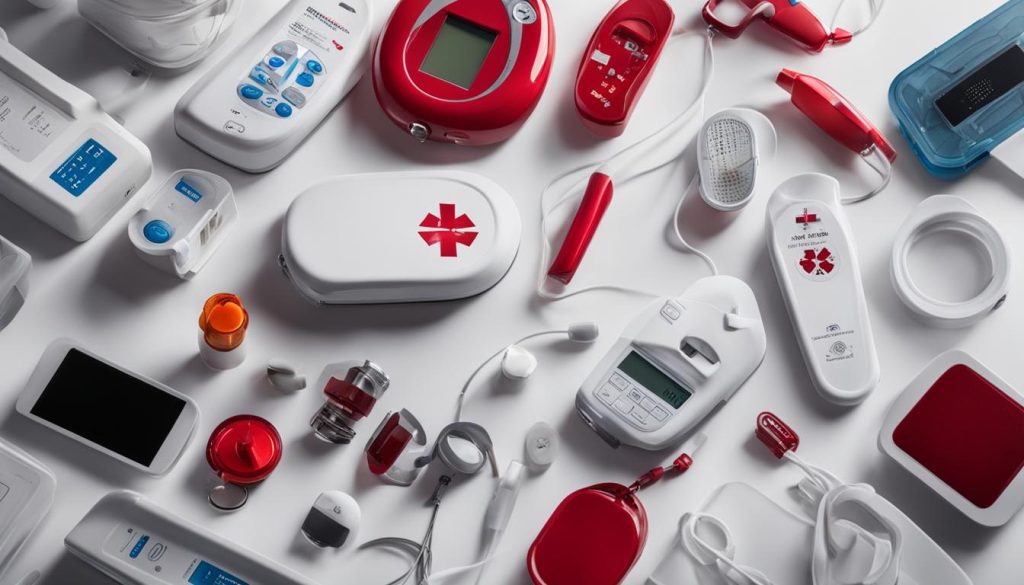
Conclusion
Preventing slips and falls in the kitchen is of utmost importance in maintaining the safety and independence of older adults.
By implementing various kitchen safety strategies, such as staying active, watching for warning signs, removing hazards, reporting falls, and considering medical alert devices, we can effectively minimize the risk of accidents and injuries in the kitchen.
Firstly, staying active plays a significant role in reducing the likelihood of falls. Regular physical activity helps maintain muscle strength and balance, contributing to overall stability in the kitchen. Engaging in enjoyable activities like walking or yoga can enhance mobility and prevent potential accidents.
Additionally, being aware of warning signs of instability is crucial. Identifying factors such as instability while walking, vision impairments, or medication side effects can allow individuals to seek appropriate assistance and take necessary precautions. We can proactively reduce fall risk in the kitchen by addressing these warning signs.
Furthermore, removing kitchen hazards is essential to create a safe cooking environment. Conducting a home safety evaluation to identify common hazards like uneven floors, clutter, or dim lighting is recommended. Simple adaptations like rearranging kitchen items and installing brighter lights can substantially decrease the chances of slips and falls.
In the event of a fall, reporting it and seeking assistance is crucial. Many individuals fear losing their independence or being forced to leave their homes, leading them to avoid reporting falls.
However, reporting falls to healthcare providers enables proper evaluation, necessary care, and support to prevent future incidents.
Lastly, considering the use of medical alert devices provides an added layer of security. These devices, worn as necklaces or wristbands, can promptly alert emergency services in case of a fall.
Some even have advanced fall detection sensors, ensuring immediate assistance. Incorporating medical alert devices can provide peace of mind during kitchen activities.
By implementing these kitchen safety strategies and adapting the kitchen environment, we can effectively prevent slips and falls, ensuring the safety and well-being of older adults in their daily cooking routines.
FAQ
How can I prevent falls in the kitchen?
You can prevent falls in the kitchen by staying active, watching for warning signs of instability, removing kitchen hazards, reporting falls, and considering medical alert devices. These measures will help ensure kitchen safety and reduce the risk of injuries.
How does staying active reduce fall risk in the kitchen?
Staying active helps maintain core muscle and leg strength, which are crucial for balance and stability. Regular physical activity like walking or yoga can improve mobility and reduce the risk of falls in the kitchen.
What are the warning signs of instability in the kitchen?
Warning signs of instability include unsteadiness while walking, vision problems that affect balance, and medication side effects that may cause dizziness. Recognizing these signs is essential in reducing the risk of falls in the kitchen.
How can I remove kitchen hazards to prevent falls?
Removing kitchen hazards involves identifying and addressing potential risks. Common hazards include uneven floors, cluttered spaces, low lighting, and unsafe kitchen items. A home safety evaluation by a physical therapist can provide recommendations for reducing fall risk.
Why is it important to report falls in the kitchen?
Reporting falls to your healthcare provider is crucial for preventing future falls and ensuring your safety. Your physician can evaluate the circumstances of the fall, address any underlying issues, and provide the necessary steps to continue living independently.
How can medical alert devices help prevent falls in the kitchen?
Medical alert devices worn around the neck or wrist can provide an additional layer of security and safety. These devices can alert emergency services in the event of a fall, and some even have fall detection sensors that automatically report a fall. Medical alert devices can ensure prompt assistance and peace of mind while cooking.
What are some practical measures for preventing slips and falls in the kitchen?
To prevent slips and falls in the kitchen, it is essential to stay active, watch for warning signs, remove kitchen hazards, report falls, and consider using medical alert devices. These strategies will help maintain kitchen safety, especially for older adults.

